Painting is a skill that can be mastered by anyone. It is not dependent on talent. Any skill can be learned and practiced, and painting is no exception.
The purpose of the painting courses and tutorials featured on this site is to provide the learner knowledge and encourage practice. With the right knowledge, and ample practice, your painting skills will improve - no matter what your current skill level.
Looking for sequential instruction?
Many of the lessons are free, while course videos and live lessons require membership. A listing of all of the lessons, including the free painting lessons (organized by medium) can be found further down this page.
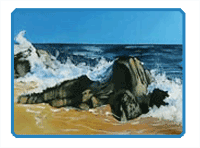 Acrylic Painting Tutorials
Acrylic Painting Tutorials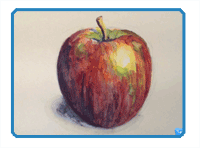 Watercolor Painting Tutorials
Watercolor Painting Tutorials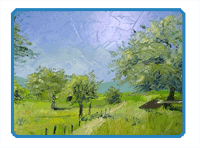 Oil Painting Tutorials
Oil Painting Tutorials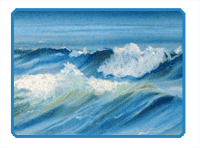 Pastel Painting Tutorials
Pastel Painting TutorialsOur collection of painting courses that follow are all included with the membership program. They can also be taken individually. Representing countless hours of hard work as an artist, these courses are a reflection of my love for teaching. Logically sequenced, these courses are designed for beginner and intermediate artists. (Courses are also suitable as supplementary material for teachers to use in the classroom.)
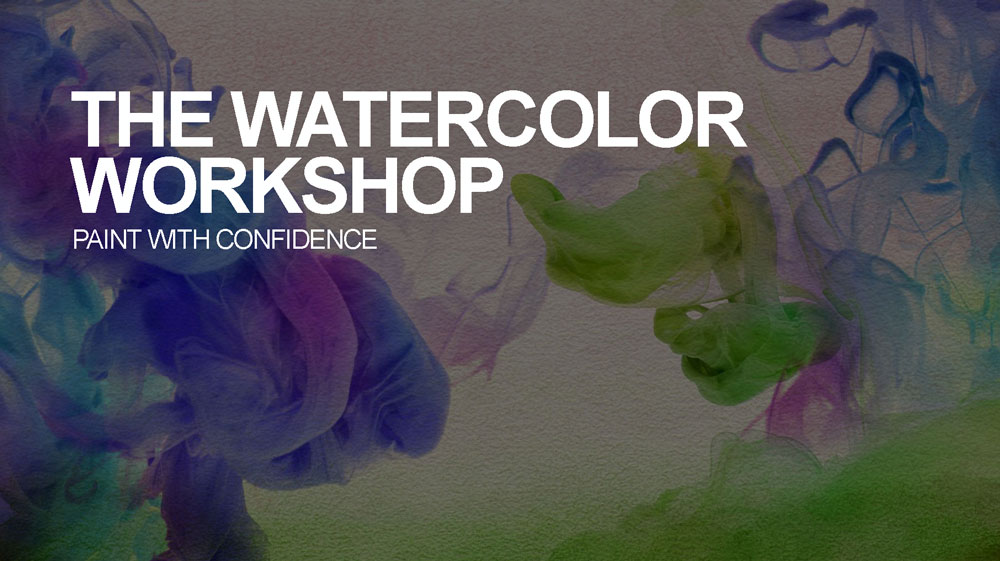

“The Watercolor Workshop” is a video course on watercolor painting designed for beginner and intermediate artists. The goal of this course is to provide the learner with a rich learning experience through "easy to digest" modules consisting of video demonstrations and accompanying ebooks. (19 Modules with over 4 hours of video instruction and 18 eBooks)
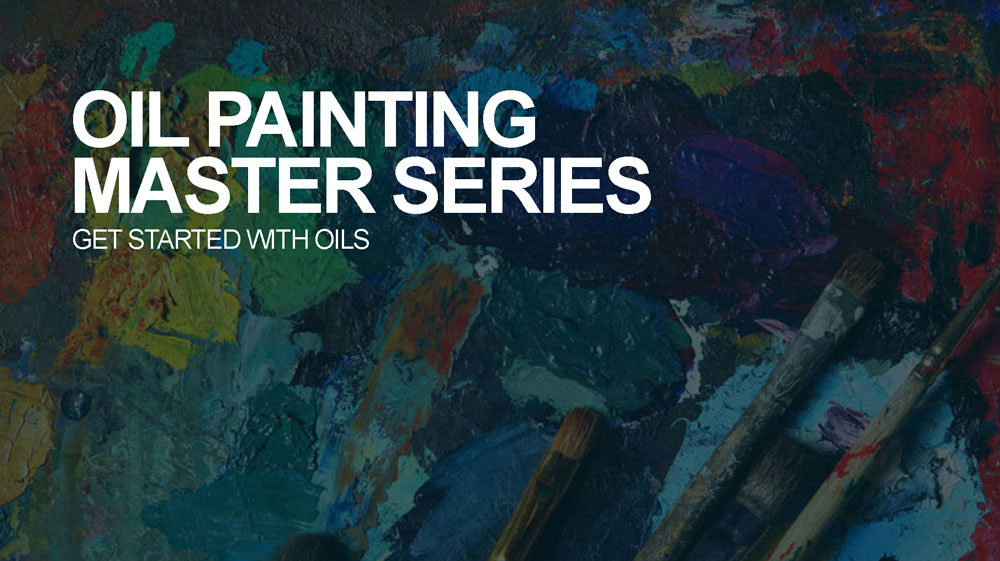

“Oil Painting Master Series” is a video course taught by oil painter and teacher, Ashley Bane Hurst. This course is designed for beginner and intermediate artists looking to get started with oil painting. This course provides an overview of the medium of oil painting. (19 Modules with over 3 hours of video instruction and 114 pages of eBooks)
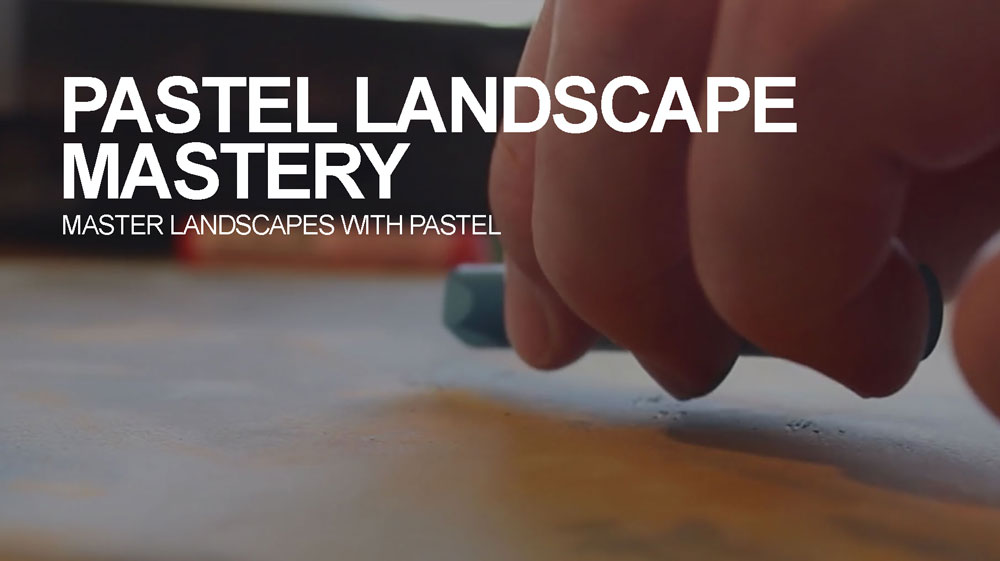

“Pastel Landscape Mastery” is a members only video course on drawing landscapes using pastels. The goal of the course is to provide the student with the most comprehensive approach to drawing landscapes with pastels through easy to understand modules that include over 200 minutes (nearly 4 hours) of HD video and 148 pages of eBooks. (15 Modules)
Painting can best be described as the process of adding color to a surface, usually in the form of a liquid. There are many different painting methods and techniques. Each technique is dependent on the type of paint that is used. Watercolor painting is vastly different than oil painting, for example.
Understanding the properties of the medium that you are using can determine your success in painting. Remember, the more that you practice painting, the better you will get.
Paints are generally made up of three types of ingredients. These ingredients include pigment, solvent, and binder.
Pigment gives paint its color. Pigments can sometimes influence the name of the color as well. For example, Alizarin Crimson gets its name from its pigment.
The second type of ingredient in all paints is binder. Binder is what holds the pigment together and can influence its ability to be spread over a surface. The type of paint is generally named after its binder. A few examples of this is oil paint (binder=oil), acrylic paint (binder=acrylic polymer), and latex paint (binder=latex). A few exceptions include watercolor (binder-gum arabic) and tempera.
Solvent is what allows paint to be thinned. Obviously, the solvent affects the viscosity of the paint. Solvents also must "jive" with the binder. For example, you could not use water as a solvent for oil paint.